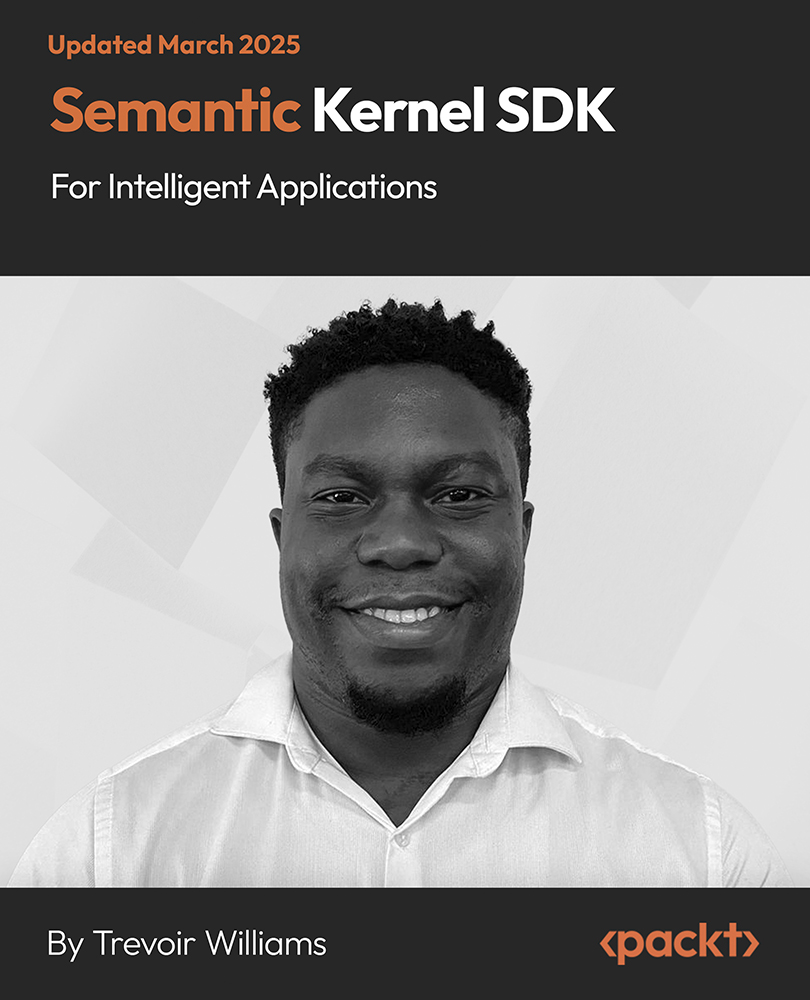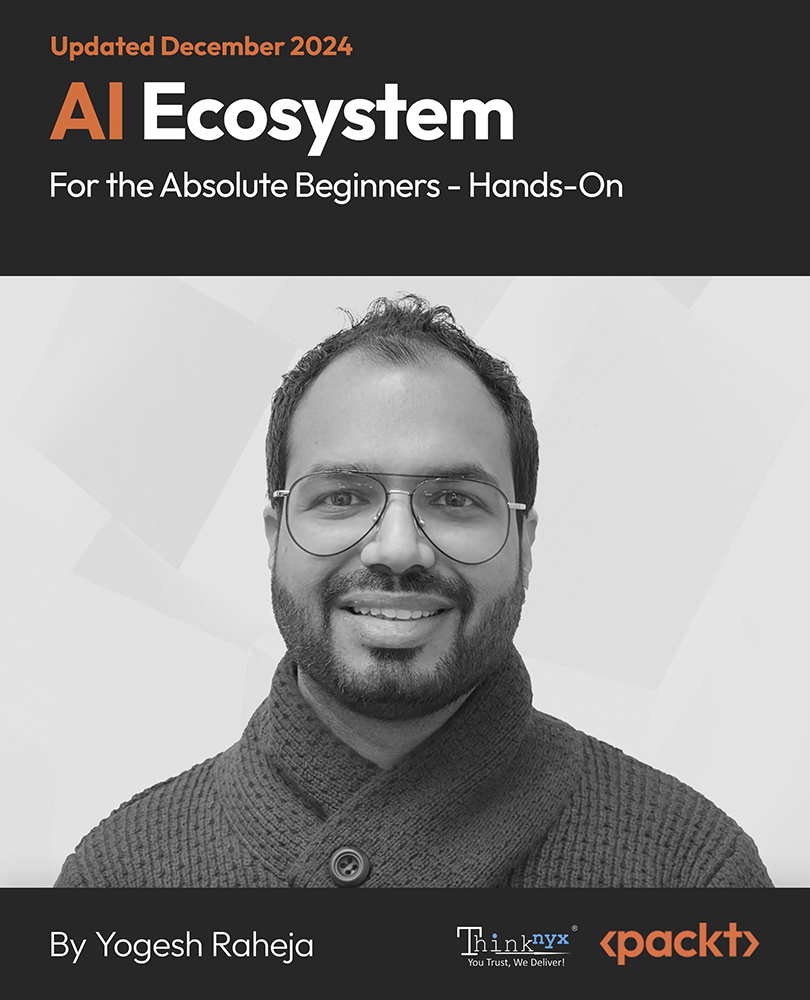Supervised learning is arguably the most common and easy-to-understand type of ML . All supervised learning algorithms have one prerequisite in common: you should have a labeled dataset to train them. Here, a dataset is a set of samples, plus an expected output (label) for each sample. These labels play the role of supervisor during the training.
In different publications, you'll see different synonyms for labels, including dependent variable, predicted variable, and explained variable.
The goal of supervised learning is to get a function that for every given input returns a desired output. In the most simplified version, a supervised learning process consists of two phases: training and inference. During the first phase, you train the model using your labeled dataset. On the second phase, you use your model to do something useful, like make predictions. For instance, given a set of labeled images (dataset), a neural network (model) can be trained to predict (inference) correct labels for previously unseen images.
Using supervised learning, you will usually solve one of two problems: classification or regression. The difference is in the type of labels: categorical in the first case and real numbers in the second.
To classify means simply to assign one of the labels from a predefined set. Binary classification is a special kind of classification, when you have only two labels (positive and negative). An example of a classification task is to assign spam/not-spam labels to letters. We will train our first classifier in the next chapter, and throughout this book we will apply different classifiers for many real-world tasks.
Regression is the task of assigning a real number to a given case. For example, predicting a salary given employee characteristics. We will discuss regression in Chapter 6, Linear Regression and Gradient Descent and Chapter 7, Linear Classifier and Logistic Regression, in more detail.
If the task is to sort objects in some order (output a permutation, speaking combinatorial), and labels are not really real numbers but rather an order of objects, ranking learning is at hand. You see ranking algorithms in action when you open the Siri suggestions menu on iOS. Each app placed in the list there is done so according to its relevance for you.
If labels are complicated objects, like graphs or trees, neither classification nor regression will be of use. Structured prediction algorithms are the type of algorithms to tackle those problems. Parsing English sentences into syntactic trees is an example of this kind of task.
Ranking and structured learning are beyond the scope of this book because their use cases are not as common as classification or regression, but at least now you know what to Google search for when you need to.
 United States
United States
 Great Britain
Great Britain
 India
India
 Germany
Germany
 France
France
 Canada
Canada
 Russia
Russia
 Spain
Spain
 Brazil
Brazil
 Australia
Australia
 Singapore
Singapore
 Hungary
Hungary
 Ukraine
Ukraine
 Luxembourg
Luxembourg
 Estonia
Estonia
 Lithuania
Lithuania
 South Korea
South Korea
 Turkey
Turkey
 Switzerland
Switzerland
 Colombia
Colombia
 Taiwan
Taiwan
 Chile
Chile
 Norway
Norway
 Ecuador
Ecuador
 Indonesia
Indonesia
 New Zealand
New Zealand
 Cyprus
Cyprus
 Denmark
Denmark
 Finland
Finland
 Poland
Poland
 Malta
Malta
 Czechia
Czechia
 Austria
Austria
 Sweden
Sweden
 Italy
Italy
 Egypt
Egypt
 Belgium
Belgium
 Portugal
Portugal
 Slovenia
Slovenia
 Ireland
Ireland
 Romania
Romania
 Greece
Greece
 Argentina
Argentina
 Netherlands
Netherlands
 Bulgaria
Bulgaria
 Latvia
Latvia
 South Africa
South Africa
 Malaysia
Malaysia
 Japan
Japan
 Slovakia
Slovakia
 Philippines
Philippines
 Mexico
Mexico
 Thailand
Thailand

















